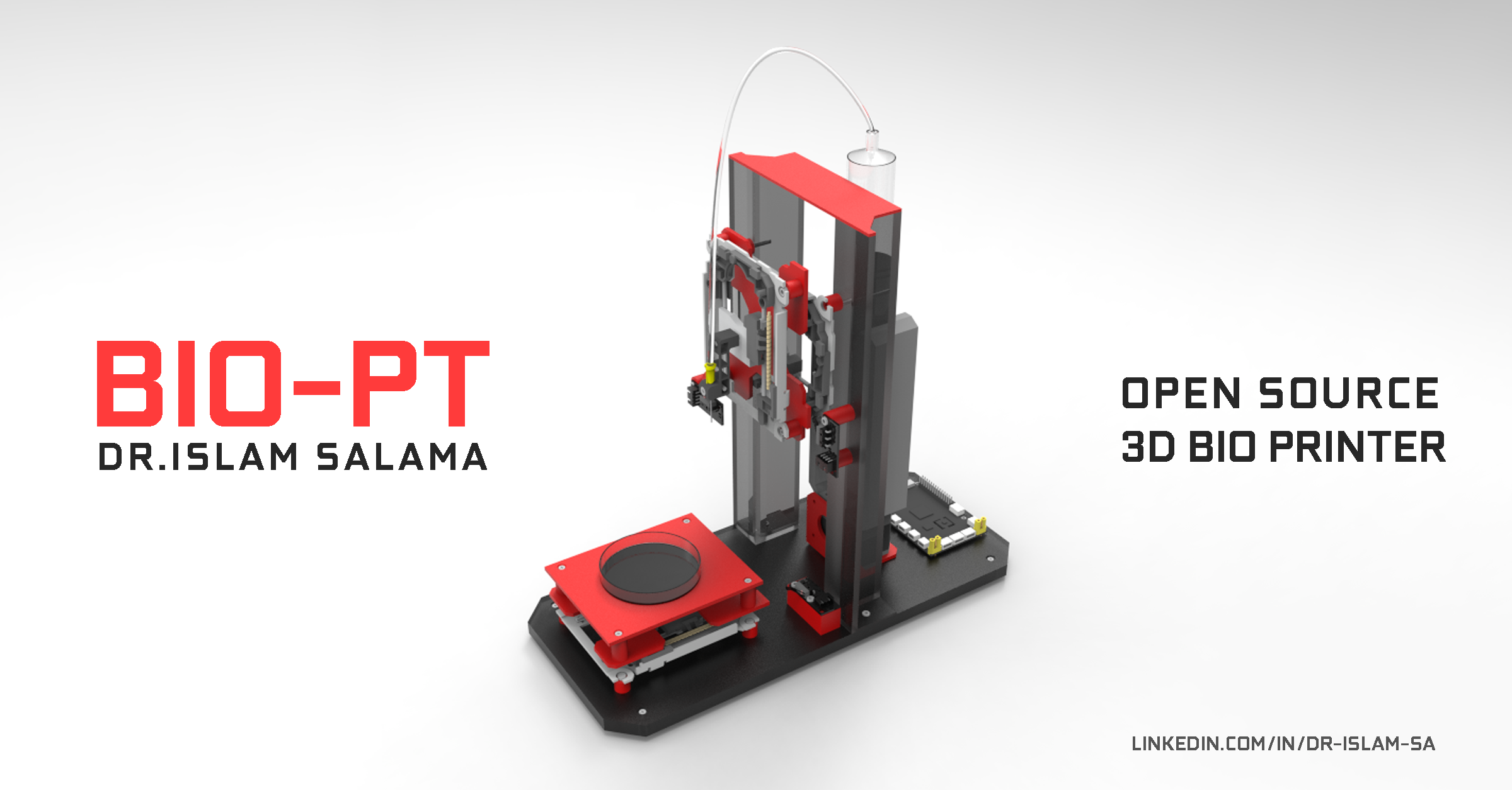Affordable 3D bio printer
Idea Description
My project focuses on developing an affordable, open-source 3D bioprinter tailored for research labs, universities, and small-scale biomedical applications. Traditional bioprinters are expensive, making them inaccessible to many innovators in tissue engineering and regenerative medicine. By leveraging cost-effective components, modular design, and open-source firmware, this bioprinter will provide high precision, material versatility, and ease of use while significantly reducing production costs. The system will support various bio-inks, including hydrogels and cell-laden materials, allowing researchers to explore bioprinting applications without financial barriers. This project aims to democratize access to bioprinting technology, accelerating innovation in biomedical research and personalized medicine.
Challenges The Idea is Addressing
High Cost of Commercial Bioprinters Most bioprinters cost tens of thousands of dollars, making them inaccessible to small research labs, universities, and independent innovators. This project provides a low-cost alternative without compromising essential features. Limited Access to Bioprinting Technology Many researchers and students lack hands-on experience due to the unavailability of bioprinters in their institutions. An affordable, open-source model enables wider adoption and education in tissue engineering and regenerative medicine. Customization and Flexibility Issues Commercial bioprinters often have proprietary systems, limiting modifications. This project emphasizes modularity and open-source firmware, allowing users to customize parameters for different bio-inks and experimental needs. Material Compatibility Constraints Some existing bioprinters only support specific bio-inks. This project will focus on compatibility with various hydrogels, bio-polymers, and cell-laden materials, making it more versatile for diverse applications. Lack of Bioprinting Research in Developing Countries Due to cost and accessibility issues, many developing regions are unable to contribute to bioprinting research. A low-cost, scalable solution could empower researchers worldwide, fostering global collaboration in regenerative medicine. Complexity of Bioprinting Systems Many existing systems require extensive technical knowledge. This project aims to simplify the user interface, calibration, and maintenance to make bioprinting more accessible for beginners and non-specialists.
Benefits of Idea Implementation
Increased Accessibility to Bioprinting Technology By significantly reducing costs, this project enables small research labs, universities, and startups to access and experiment with bioprinting, fostering innovation in tissue engineering and regenerative medicine. Open-Source and Customization Flexibility Unlike proprietary bioprinters, this project provides an open-source hardware and software platform, allowing researchers to modify and optimize the system for various applications, including drug testing, tissue scaffolds, and organoid research. Advancement in Biomedical Research and Education Affordable bioprinters will enable hands-on training for students and researchers, bridging the gap between theory and practical application in bioprinting, biomaterials science, and medical engineering. Global Impact and Inclusivity Developing countries and underfunded institutions can participate in cutting-edge biomedical research by gaining access to a cost-effective bioprinting solution, promoting global collaboration in regenerative medicine. Material Versatility and Multi-Application Use The printer will support various bio-inks, including hydrogels, collagen, alginate, and cell-laden materials, making it suitable for multiple fields such as dentistry, wound healing, pharmaceutical testing, and personalized medicine. Encourages Innovation and Entrepreneurship By lowering the entry barrier, this bioprinter allows independent innovators, researchers, and medical professionals to explore new applications, prototype novel biomedical solutions, and even commercialize their own bio-printing-related products. Bridging the Gap Between Research and Clinical Applications Affordable bioprinters will enable researchers to experiment with new tissue models, personalized grafts, and regenerative therapies, bringing bioprinting technology closer to real-world medical applications.
Keywords / Tags
bioprinting ,3Dprinting,Tissues,health care,bio technology






















.png)